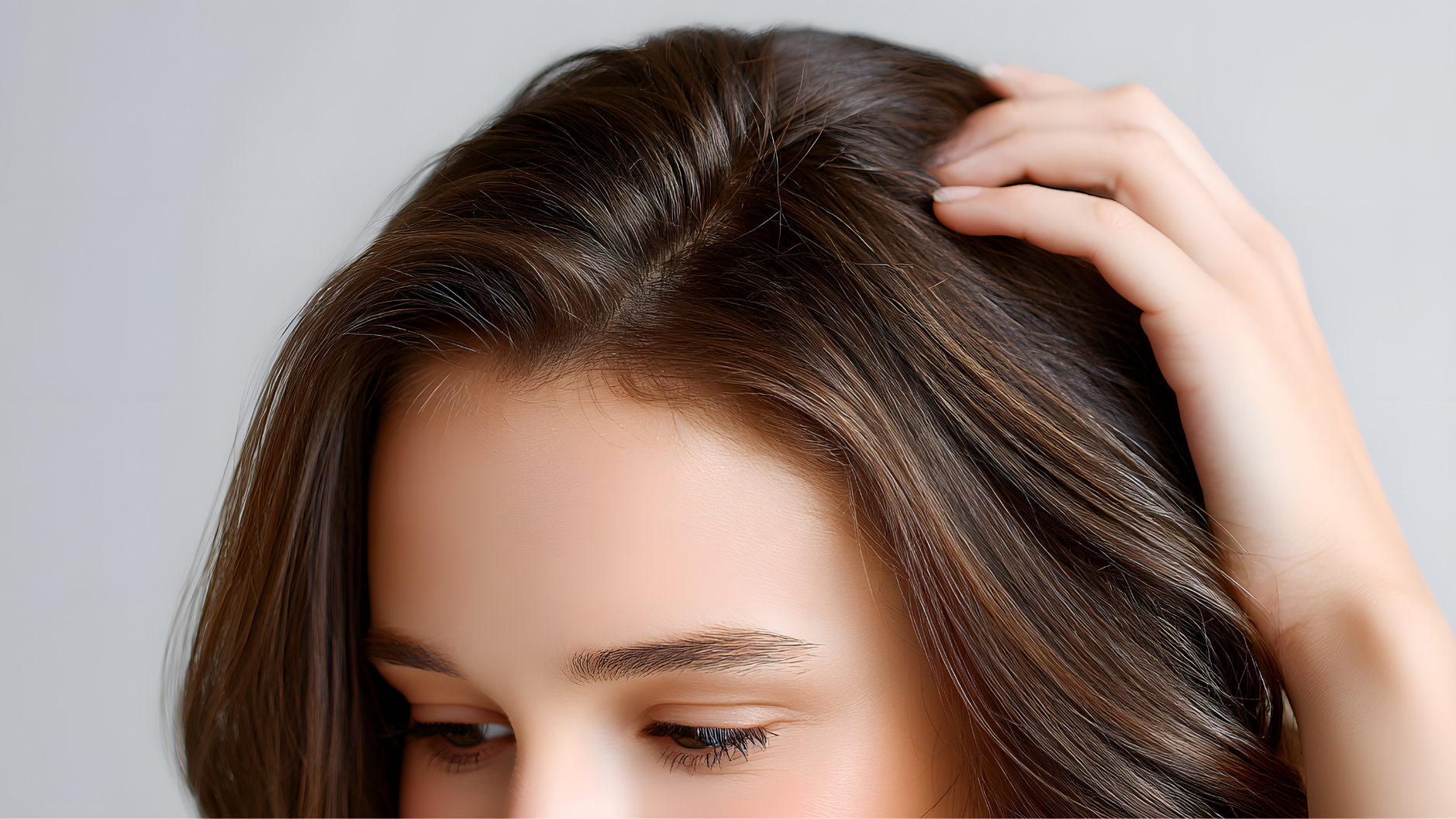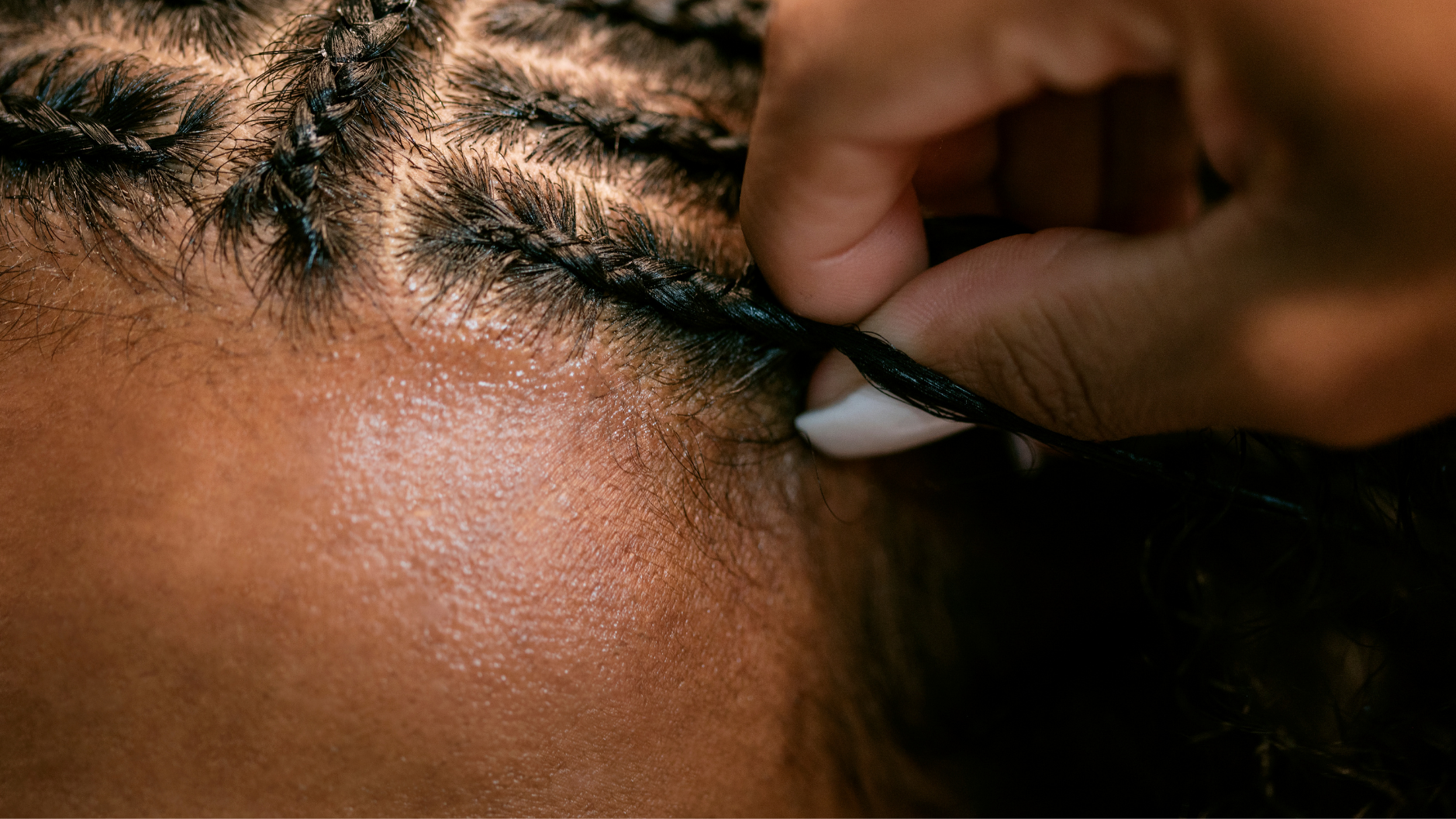Exosomes and Edges: Can Exosome Therapy Reverse Traction Alopecia?
Edges are one of the most commonly affected areas in traction-related hair loss. Whether caused by tight styling, repeated tension, or prolonged stress on the hairline, this type of thinning can be stubborn, especially if traditional treatments like oils, supplements, or mesotherapy haven’t worked. In recent years, exosome therapy has emerged as a more regenerative option, offering potential support in areas where regrowth has stalled.
In this article, we explore what exosomes are, how they differ from other injectables, and whether they can help restore lost edges when conventional methods fall short.

What Are Exosomes?
Exosomes are tiny particles that carry repair signals between cells. In hair loss treatments, they are either extracted from bovine colostrum (the nutrient-rich early milk produced after birth) or produced in the lab to match the body’s own exosomes. They contain proteins, lipids, and genetic material that help restore the scalp and support hair follicle recovery.
When injected into the scalp, exosomes appear to influence the tissue environment at a deeper level than most other treatments. They do not simply stimulate follicles, but instead help restore the support structures surrounding the follicle: blood vessels, extracellular matrix , and dermal scaffolding. This makes them especially relevant in areas where there has been structural damage to the connective tissue and inner root sheath that support the hair follicle, and where those components have not been recovered with time or conventional treatments.
Why Edges Are Harder to Regrow
The hairline is one of the most delicate areas of the scalp. It has fewer follicular units, thinner supportive tissue, and reduced blood flow compared to the crown. This makes it more vulnerable to external stress. Prolonged mechanical tension from tight styles can overload this already sensitive zone, leading to gradual thinning and delayed regrowth.
Repeated tension can damage the connective tissue at the base of the hair follicle, along with the surrounding supportive structures. Also, pulling the hair from the follicle early interrupts the normal hair growth cycle, making it harder for the follicle to reenter a normal growth cycle . Over time, growth may slow down, become patchy, or stop altogether. If there are also nutrient deficiencies or underlying health issues, recovery becomes even more difficult and regrowth may be delayed or incomplete.
In early stages, removing the source of tension may be enough for regrowth to occur. But when the structures around the follicle have been progressively damaged over time, the area may require additional support to restore normal function and reactivate growth.
How Exosome Therapy May Help
Exosome therapy is not just a growth stimulant. It is a regenerative intervention designed to restore the underlying biology of the scalp. Clinical use has shown the following effects:
-
Angiogenesis: Stimulating new capillary growth, improving blood supply to low-perfusion areas like the hairline
-
Collagen and extracellular matrix remodelling: Repairing the dermal matrix that anchors and supports each follicle
-
Anti-apoptotic signalling: Helping dormant follicles re-enter the growth phase
In clinical reports, exosome therapy has been associated with increased hair density, thicker shafts, and visible improvement in patients who had failed other injectable treatments. These results often appear within 8 to 16 weeks of the first session, with continued improvement over time.
Exosomes are also commonly combined with other active ingredients to speed up results. Formulations may include growth factors, hyaluronic acid, vitamins, or caffeine; not only to support the scalp but to help push the follicle back into the growth phase more quickly. While exosomes work to rebuild the internal architecture of the follicle, these added compounds can stimulate early activity at the surface, helping to trigger regrowth while deeper repair is still taking place.
Is It Too Late for Edges?
The effectiveness of exosomes depends on whether viable follicles still remain. Trichoscopy can help determine whether the follicle openings are still intact. In many cases, there is still potential for recovery, but the longer the tension persists, the harder it becomes to reverse.
Blood tests may also be useful before treatment to rule out nutritional deficiencies or metabolic abnormalities that could compromise results. Low ferritin, vitamin D, or zinc levels, for example, may blunt the regenerative effect, even with exosomes.
FAQs
Can exosomes grow back completely bald edges?
Only if there are still viable follicles. If the area is fully scarred or smooth, results are unlikely. A clinical assessment is needed first.
How many sessions are required?
Protocols vary, but most involve one to three sessions spaced four to six weeks apart, with results visible by 12 to 16 weeks.
Is exosome therapy painful?
Most patients tolerate it well.
Do I need to change my hairstyle?
Yes. Continued tension will compromise results. Loose, rotated styles or periods of rest are recommended during treatment.
References
-
Shome D, Vadera S, Kapoor R, Khare S, Sethi S. A multicentric study to evaluate the efficacy and safety of QR678 Neo hair growth formulation in the treatment of androgenetic alopecia. J Cosmet Dermatol. 2021;20(6):1556–1564.
-
Nassar A, Ismail SA, Badran HA. Efficacy of LC Hair Essence (zinc, arginine, peptides, and botanical extracts) versus botulinum toxin A in male androgenetic alopecia. J Cosmet Dermatol. 2022;21(10):4261–4268.
-
Wan J, Zhou S, Zhang Y, Song Y, Zhang X. Exosomes for Hair Loss: Clinical Advances and Mechanistic Insight. Aesthetic Plast Surg. 2025. In press.



